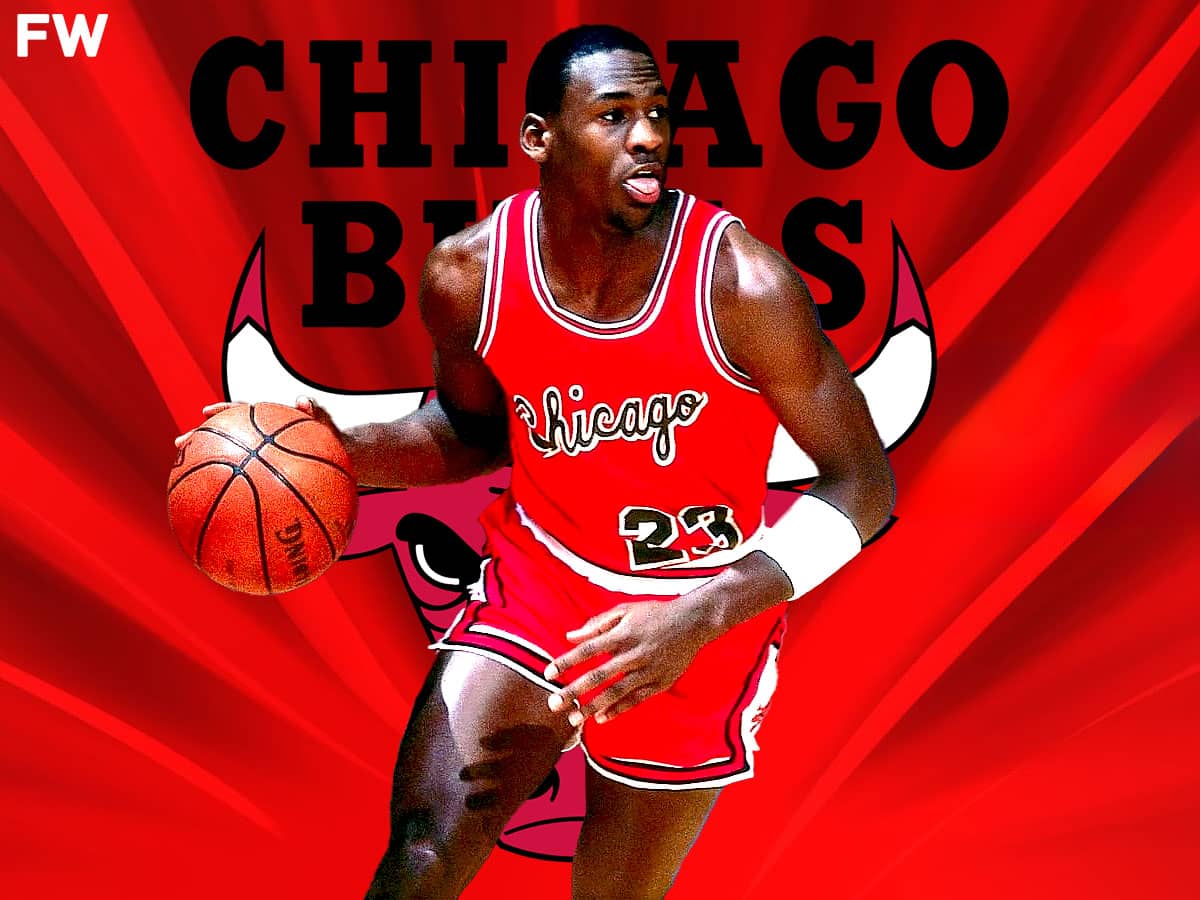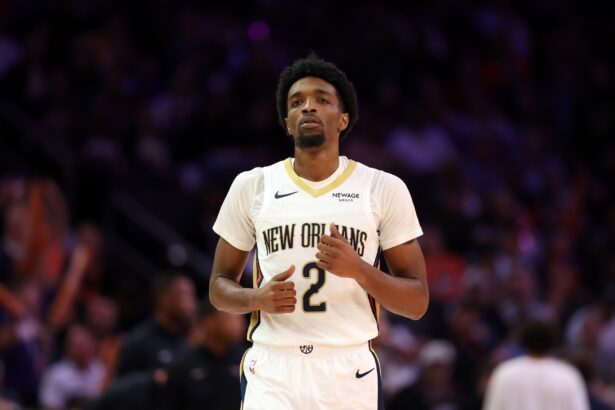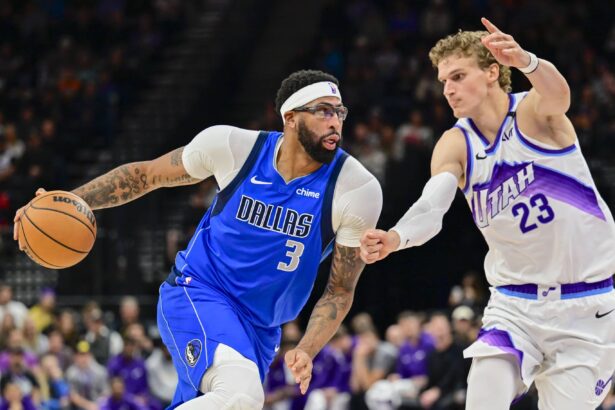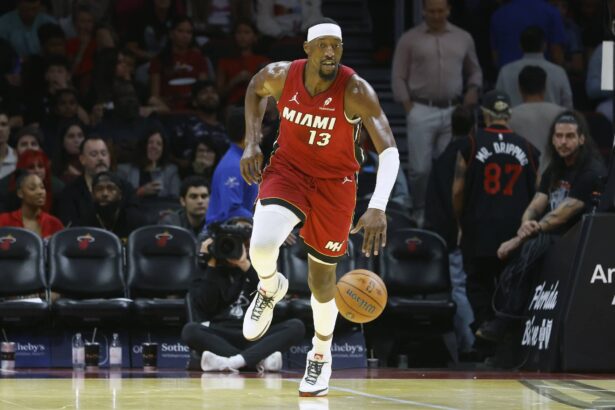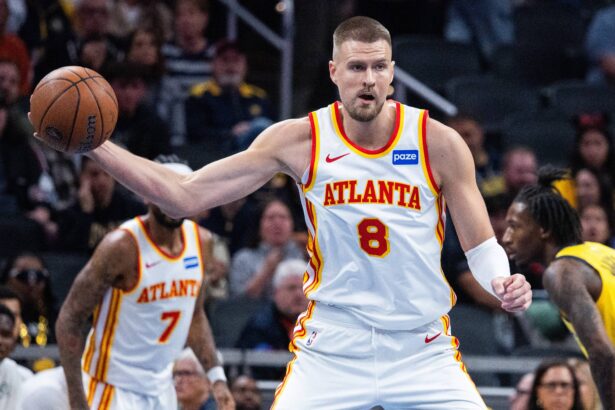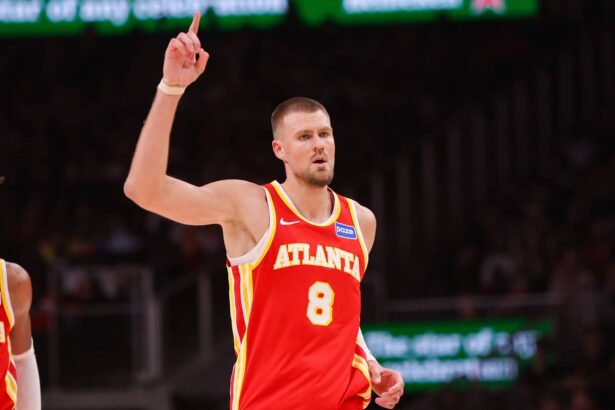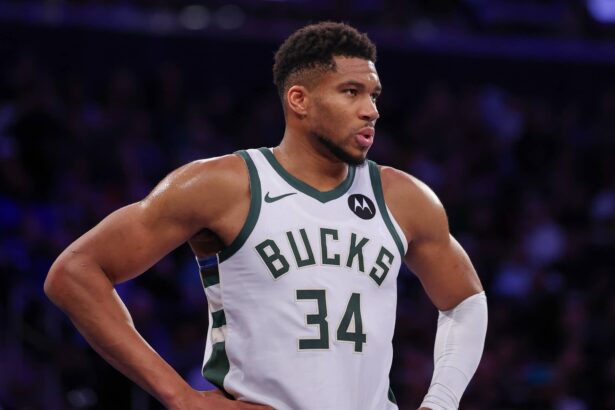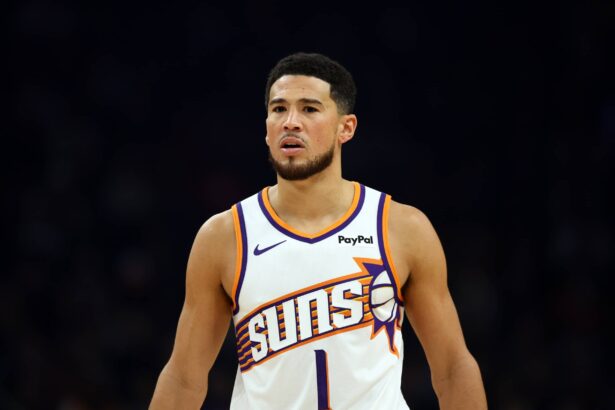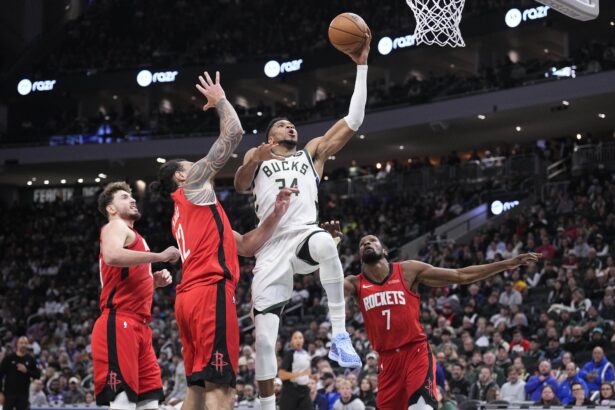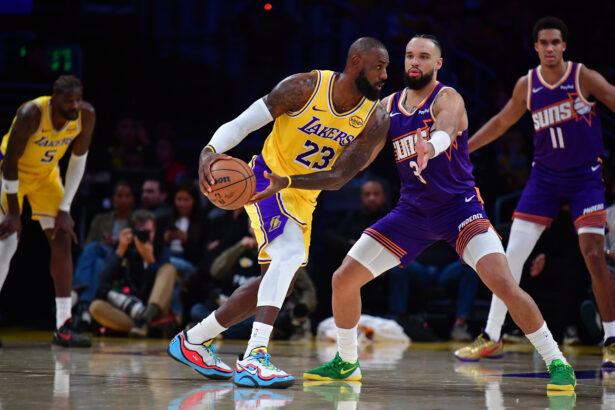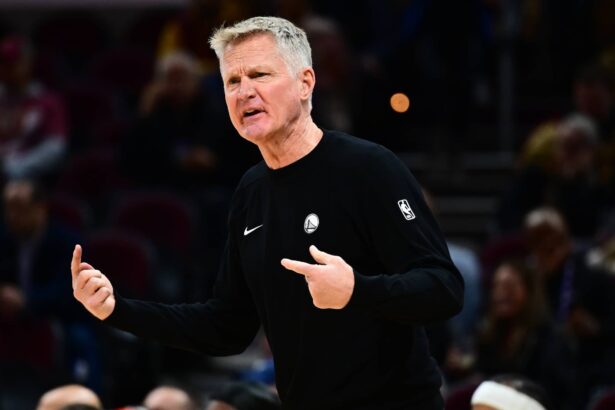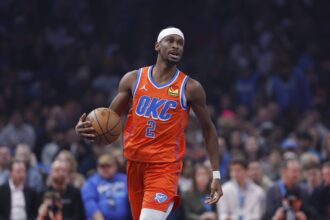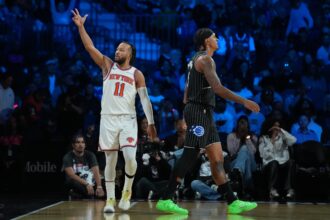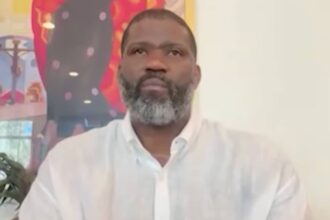John Salley has long been vocal about how the NBA shifted during the 1980s and 1990s, particularly with the arrival of Michael Jordan. In a recent interview on ‘Byron Scott’s Fast Break’ podcast, Salley candidly discussed how Jordan’s presence in the league altered the intensity of play and, in his view, contributed to the decline in physicality that once defined NBA basketball.
(Cleaned up for better understanding)
“That’s the way the league was. I remember my first year playing against Artis Gilmore, and I was just happy to be playing against Artis. He had the best afro and the best pork chop sideburns.”
“He was so big that he elbowed me on the top of the head, and I ended up with a concussion—I couldn’t sleep the whole night because of it. That’s the kind of stuff that happened. They would hit you, and the refs would say, ‘The paint is for men.’ If you were a little guard trying to get in, you ran into that tree.”
“That’s how the league was—it was tough. It was men out there, and it was way more physical than college. As MJ came into the league, they decided he was the new Messiah, and everything had to slow down. Half the rules now exist because of that. We were just the last to continue on that old-school style.”
“Maurice Lucas even tried to break my wrist. He told me straight up, ‘I’m going to break your wrist.’ You know what I’m saying? I was playing defense with my hand out, and he was hitting my hand, saying, ‘Don’t touch me.’ I moved my hand, but he grabbed it under his arm and leaned in, trying to break it.”
“I pulled my hand out, and he said, ‘I’m going to break your wrist.’ I was like, ‘What?’ And the referee was behind me saying, ‘You guys cut it out.’ Cut it out? ‘Arrest him. Don’t give him a fine—arrest him.'” (15:23)
Salley believes that the league’s physicality diminished significantly due to Jordan’s rise and that the NBA intentionally modified the way games were officiated to protect its emerging star.
John Salley reminisced about the toughness of the NBA during his early years, highlighting how physicality was a core part of the game. He described a time when the paint was a battleground, reserved for players who could withstand the physical toll, particularly when smaller guards dared to challenge bigger opponents. According to Salley, the league was significantly more physical than college basketball, and players were expected to endure punishing defense.
However, as Michael Jordan rose to prominence, Salley claimed the league shifted its approach, prioritizing offense and protecting star players—especially Jordan. He suggested that the NBA, eager to promote Jordan as its marquee star, began changing the rules to limit the kind of physical play that teams like his Pistons were known for.
According to Salley, this new approach was implemented not just to enhance Jordan’s style of play, but also to attract more fans and showcase the offensive talents of the league’s biggest stars.
Salley’s comments reflect a broader criticism shared by many players from the 1980s and 1990s. During that era, basketball was defined by a rough, no-nonsense approach, with defensive schemes often prioritizing physicality.
The Pistons, known for their “Jordan Rules,” would relentlessly hound and punish Jordan whenever he drove to the basket. While Jordan ultimately triumphed and became one of the game’s greatest players, his early struggles against physical teams like the Pistons shaped the perception that the league needed to protect its stars more.
Despite Salley’s critique, Jordan’s era did bring immense popularity to the NBA, and his influence on the game is undeniable. His high-flying dunks, spectacular scoring, and fierce competitiveness captivated global audiences, turning him into a global icon. However, Salley believes this came at the cost of the game’s grittier, more physical style, which faded as the league looked to showcase players like Jordan in a more offense-friendly environment.
Interestingly, this is not the first time Salley has voiced his opinion on how Jordan was treated differently by the league. He pointed to instances where the Bulls received favorable officiating and suggested that referees gave Jordan a level of protection not afforded to other players. He and his teammates felt that the officiating would be different for Jordan once he faced the Knicks in the next round.
Salley’s remarks about Jordan’s influence on the league highlight a tension that still exists in discussions about the evolution of NBA basketball. While there’s no denying Jordan’s greatness, Salley’s perspective suggests that the league’s efforts to promote Jordan as a global superstar played a role in the broader shift away from the physical, defensive-focused style of basketball that dominated the 1980s.
Thank you for being a valued reader of Fadeaway World. If you liked this article, please consider following us on Google News. We really appreciate your support.

